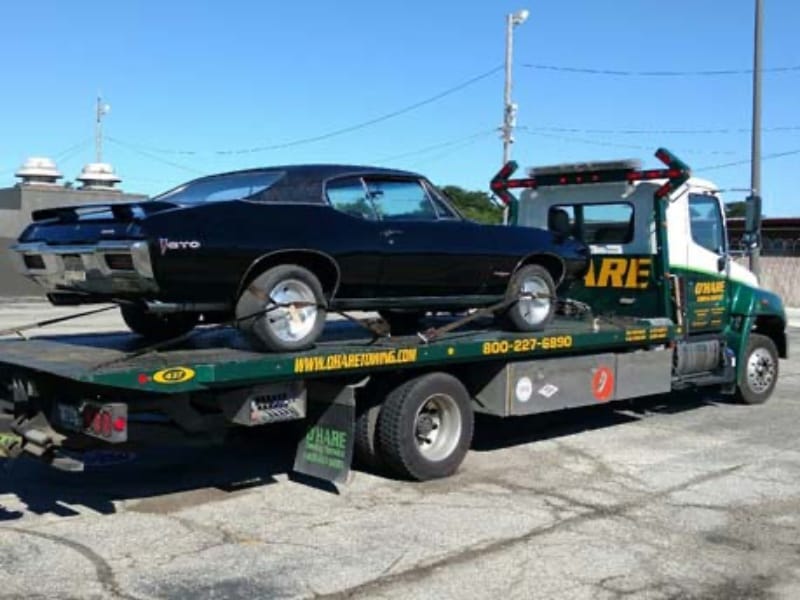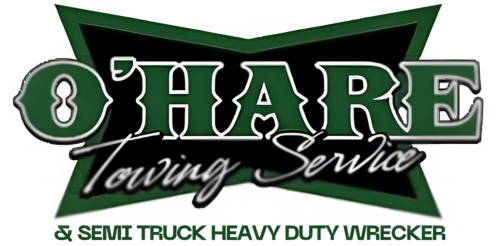From Breakdowns to Pileups
When a vehicle breaks down or crashes, the solution isn’t always as simple as hooking it to a tow truck. Towing moves cars that can’t drive, but recovery is a whole different challenge. It’s for situations where vehicles are overturned, trapped in ditches, or blocking lanes after an accident. On busy highways, recovery is not just about moving metal—it’s about managing chaos. I-55 recovery crews deal with everything from jackknifed semis to multi-vehicle pileups, working under pressure to clear the scene quickly and safely. Let’s look at the differences between towing and recovery, as well as at the skill, equipment, and coordination involved in both.

Towing vs. Recovery: How They Differ
Towing is a straightforward task. It involves moving a vehicle from one location to another, typically when the car is still intact but undrivable. Recovery, on the other hand, is more complex. We talk about recovery when a vehicle is stuck, flipped, or in a dangerous position—like after an accident or off-road incident.
- Towing: Relocating a vehicle that won’t start or has mechanical failure.
- Recovery: Extracting vehicles from precarious or inaccessible spots, such as ditches, rivers, or accident scenes.
Recovery requires the right tools, experience, and quick thinking. I-55 recovery teams face high-stakes situations—like removing jackknifed trucks, lifting overturned vehicles, or clearing multi-car pileups—where every second counts. With heavy traffic and unpredictable conditions, these crews must act fast to restore order and reopen lanes safely.
Light-Duty and Heavy-Duty Recovery
Recovery isn’t a one-size-fits-all operation. Different vehicles and scenarios require different approaches. Here’s how light-duty and heavy-duty recovery compare:
Light-Duty Recovery
Light-duty recovery typically handles smaller vehicles, such as:
- Passenger cars
- Motorcycles
- SUVs
These recoveries often involve simple techniques like winching the vehicle back onto the road or towing it from a stuck position. A light-duty recovery truck can quickly manage these tasks without extensive equipment.
Heavy-Duty Recovery
Heavy-duty recovery is more complex. It involves large vehicles and dangerous situations, requiring powerful tools and experienced operators. Vehicles and incidents in this category include:
- Semi-trucks and trailers
- Buses and RVs
- Multi-vehicle collisions on highways
In I-55 recovery, heavy-duty trucks often remove overturned semis, large commercial vehicles, or debris blocking major traffic arteries. This kind of recovery ensures the road reopens without unnecessary delay to prevent further delays and accidents.
Cooperation with First Responders
During highway incidents, recovery crews don’t work alone. They cooperate closely with first responders to ensure everyone’s safety and to manage traffic. I-55 recovery often involves coordinating with:
- Police and state troopers for traffic control
- Fire departments to handle hazardous materials or fires
- Paramedics for medical emergencies at the scene
This teamwork ensures the road gets cleared quickly and safely. Recovery operators must stay alert and flexible, often adjusting their approach based on the situation at hand.
Key Tasks of Recovery Crews
- Winching vehicles out of ditches
- Uprighting overturned trucks or trailers
- Clearing multi-vehicle pileups
- Managing spill containment when necessary
- Cooperating with first responders to ensure road safety

O’Hare Towing Service: We Got Your I-55 Recovery Covered!
At O’Hare Towing Service, we know how critical fast recovery is for both safety and traffic flow. Our team specializes in both towing and recovery, with the skills and tools needed to handle any I-55 recovery scenario. Whether you’re dealing with a breakdown or a major incident, our I-55 recovery services ensure everything gets back on track quickly. We’re ready whenever you need us—no matter how big or small the job.
